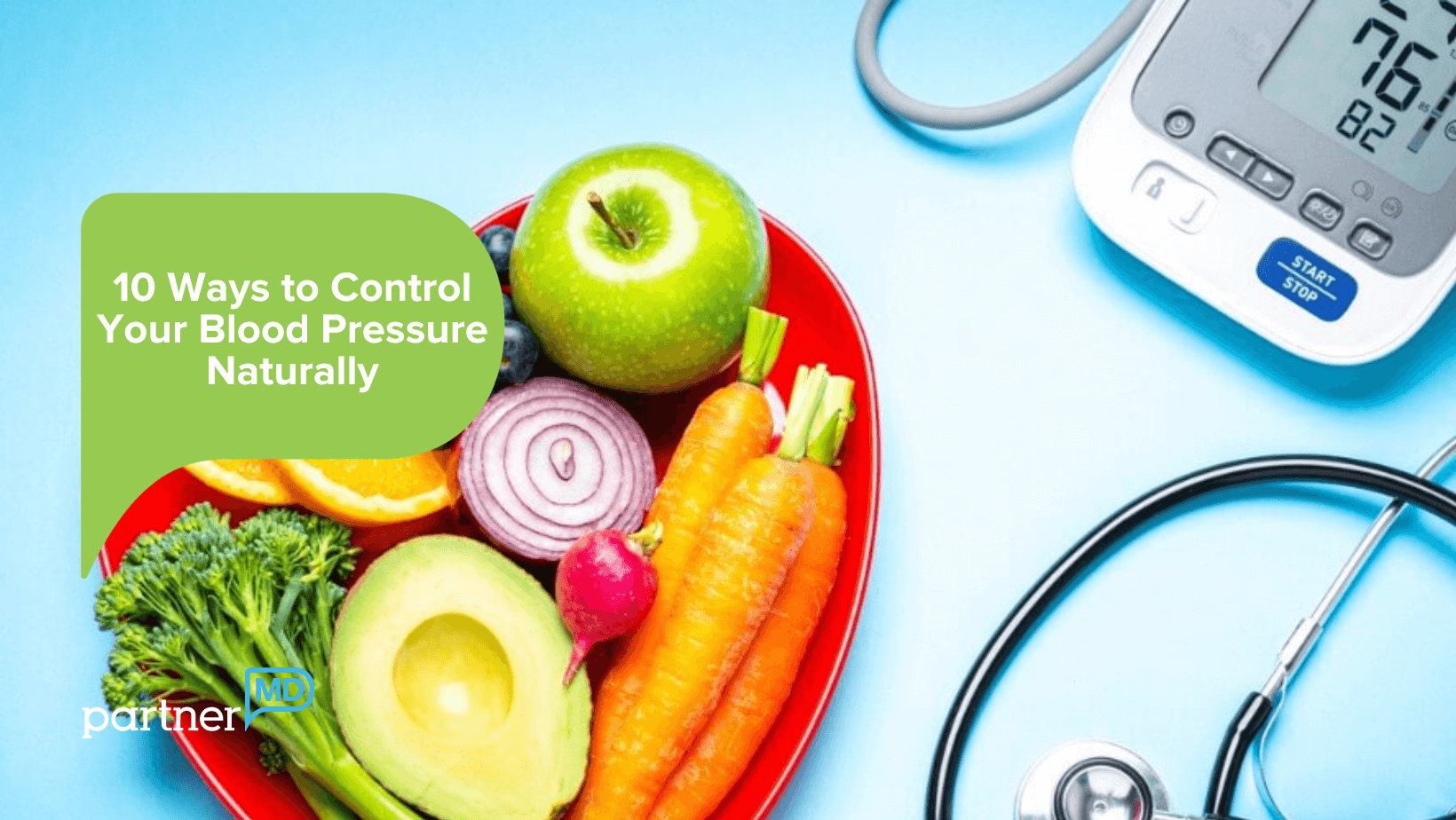
Healthy Eating doesn’t have to break the bank. With the right strategies, you can enjoy nutritious meals without spending a fortune. Here are some effective tips and tricks to help you maintain a balanced diet while sticking to a budget.
1. Plan Your Meals
Planning your meals for the week is one of the most effective ways to save money and eat healthily.
How to Plan:
- Create a Weekly Menu: Outline breakfast, lunch, dinner, and snacks for each day.
- Include Versatile Ingredients: Choose items that can be used in multiple recipes, like spinach, beans, and eggs.
- Use Leftovers Wisely: Plan meals that utilize leftovers creatively to minimize food waste.
Benefits:
- Avoids impulse purchases.
- Reduces food waste.
- Ensures a balanced diet with varied nutrients.
2. Make a Shopping List and Stick to It
A well-thought-out shopping list helps you avoid unnecessary purchases.
Tips for a Smart List:
- Check Inventory First: See what you already have to avoid duplicates.
- Organize by Store Layout: Group items by category, such as produce, dairy, and pantry staples, to streamline your shopping.
- Stick to the List: Avoid impulse buying, especially in the snacks and candy aisles.
3. Buy in Bulk (Smartly)
Buying in bulk can save you money if done wisely.
What to Buy in Bulk:
- Grains and Legumes: Oats, rice, beans, and lentils are budget-friendly and nutritious.
- Nuts and Seeds: These are often cheaper in bulk and have a long shelf life.
- Frozen Fruits and Vegetables: These are just as nutritious as fresh and less likely to spoil.
Caution:
- Avoid buying perishable items in bulk unless you plan to freeze them.
- Compare unit prices to ensure bulk buying is cost-effective.
4. Shop Seasonal and Local Produce
Seasonal fruits and vegetables are usually cheaper and fresher.
Advantages:
- Cost-Effective: In-season produce is abundant, which drives the price down.
- Nutritional Value: Fresher produce retains more nutrients.
- Support Local Farmers: Buying from farmers’ markets can also support the local economy.
Seasonal Examples:
- Spring: Asparagus, peas, strawberries.
- Summer: Tomatoes, zucchini, berries.
- Fall: Squash, apples, sweet potatoes.
- Winter: Citrus fruits, kale, root vegetables.
5. Opt for Whole Foods
Processed foods are often more expensive and less nutritious.
Budget-Friendly Whole Foods:
- Whole Grains: Brown rice, quinoa, oats.
- Legumes: Beans, chickpeas, and lentils are great protein sources.
- Fresh Produce: Buy loose rather than pre-cut or pre-packaged.
- Lean Proteins: Eggs, canned tuna, and chicken thighs are affordable protein options.
6. Cook at Home More Often
Cooking at home is healthier and cheaper than eating out.
Tips for Efficient Cooking:
- Batch Cooking: Prepare meals in bulk and freeze portions for later.
- One-Pot Meals: Save time and reduce the number of ingredients needed.
- Simple Recipes: Focus on simple, nutritious recipes that don’t require expensive or exotic ingredients.
Example Budget-Friendly Recipes:
- Vegetable Stir-Fry with Brown Rice
- Lentil Soup with Mixed Vegetables
- Egg and Veggie Breakfast Burritos
7. Embrace Meatless Meals
Meat can be expensive, but you can still get enough protein from plant-based sources.
Alternatives to Meat:
- Beans and Legumes: Black beans, chickpeas, lentils.
- Tofu and Tempeh: Affordable and versatile protein sources.
- Eggs: Nutritious and inexpensive.
- Whole Grains and Nuts: Quinoa, chia seeds, and peanuts are protein-rich.
Suggested Meatless Meals:
- Chickpea Curry with Rice
- Lentil Tacos
- Vegetable and Tofu Stir-Fry
8. Smart Snacking
Store-bought snacks can be expensive and unhealthy. Opt for healthier, homemade options.
Affordable and Healthy Snacks:
- Popcorn: A whole grain that’s cheap and easy to make at home.
- Fruit and Nut Mixes: Buy in bulk and portion out yourself.
- Homemade Energy Balls: Made with oats, peanut butter, and honey.
- Veggie Sticks with Hummus: Carrots, cucumbers, and celery are budget-friendly.
9. Minimize Food Waste
Wasting food is like throwing money away. Here are ways to minimize waste:
Tips to Reduce Waste:
- Store Food Properly: Keep perishable foods in the fridge or freezer.
- Use Leftovers Creatively: Transform leftovers into new meals, like soups or stir-fries.
- First In, First Out: Use older items first to avoid spoilage.
- Repurpose Scraps: Vegetable peels can be used for broth; stale bread for croutons.
10. Take Advantage of Discounts and Coupons
Look for sales, discounts, and coupons to cut down on grocery bills.
Where to Find Deals:
- Weekly Flyers: Check your local grocery store’s flyer for discounts.
- Digital Coupons: Many stores offer digital coupons through their apps.
- Loyalty Programs: Sign up for store loyalty programs for exclusive savings.
- Buy One, Get One Free: Stock up on non-perishable items during BOGO sales.
11. Drink More Water
Cutting out sugary drinks and sodas can save money and improve health.
Budget-Friendly Beverage Tips:
- Infuse Water with Fruits: Use lemon, berries, or cucumber for flavor.
- Tea and Coffee at Home: Brew your own instead of buying expensive beverages outside.
- Avoid Sugary Drinks: They are costly and provide little nutritional value.
12. Grow Your Own Food
If you have space, growing your own herbs and vegetables can be cost-effective.
Easy-to-Grow Options:
- Herbs: Basil, parsley, cilantro.
- Leafy Greens: Spinach, lettuce, kale.
- Vegetables: Tomatoes, peppers, cucumbers.
- Containers or Balcony Gardens: Perfect for urban settings.
Final Thoughts
Eating healthy on a budget is achievable with strategic planning, smart shopping, and resourceful cooking. By choosing whole foods, buying in bulk, reducing waste, and cooking at home, you can maintain a nutritious diet without overspending.
Remember, the key is consistency and creativity. With these tips and tricks, you can make healthier choices that benefit both your body and your wallet.
Would you like some budget-friendly recipe ideas or a customized meal plan?



 DailyMediCure
DailyMediCure 













